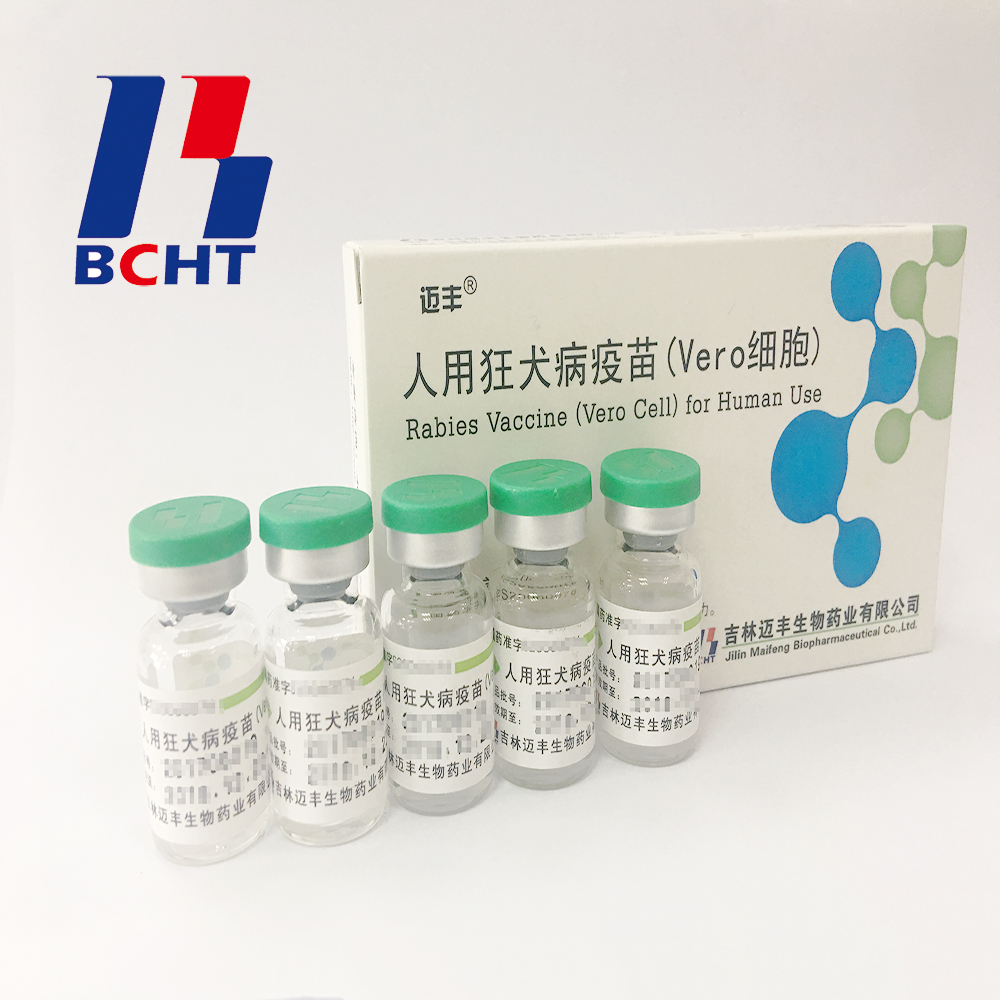Xishi tongue breeding technology
Xishi tongue, commonly known as jellyfish, is a valuable seafood shellfish with large individual size, delicious meat quality, and high economic value. Xishi tongue is widely distributed in Shandong Province and Guangdong Province. The main distribution areas of Guangdong are Dagu Bay in Raoping County in East Guangdong, Haimen in Huiyang, Huilai, Lufeng and other coastal areas. In recent years, Xishi tongue natural resource recession is very obvious, the price of commodity shellfish up to 160-240 yuan / kg. From 1997 to 1998, farmers in Chaoyang and other places had used wild seedlings for shallow-sea transplant seedlings to increase their incomes from several hundred thousand to several million yuan. Visible, Xishi tongue is a very valuable breeding shellfish with market development prospects.
First, biological characteristics
1, the shape of the shell slightly triangular, shell surface smooth, with yellow-brown shiny skin, the shell surface was purple, the shell is very thin.
2. Ecological habits Xishi tongue lives in the fine sand or mud-mud sediments near the low-water line to the depth of about 10 meters in the shallow sea, and is buried in the habitat. Adapt to the water temperature 8-30 °C, the optimum water temperature 17-27 °C, to adapt to the salinity of 17 ‰ ‰ 25 ‰, the best salt 20 ‰ ‰ 28 ‰.
3. Breeding habits The breeding season of Xiushi tongue is generally between spring and summer, and Guangdong and Fujian are from April to July. Xishi tongue grows faster. Individuals growing in natural sea areas can reach body length of 4–6 cm for 1 year and have a body weight of 20 grams; body length for 2 years can reach 8–9 cm and weight is 110 grams. About 3 years of body length up to 10-11 cm, weighing 140-150 grams.
Second, artificial breeding Seedlings Xiushi artificial breeding go through shellfish selection, pro-shellfish breeding, induced spawning, fertilization hatching, larval rearing, laying down the attachment matrix and juvenile breeding seven steps.
The South China Sea Fisheries Research Institute has been exploring the related techniques of artificial seedlings of Xishi tongue since 1997. From May to July 1997, a total of 7.17 million juvenile shells with a 2.1 mm shell length were cultivated using a 74.1 square meter concrete pool; In August, a total of 1.96 million juvenile shells with a 4.4 mm shell length were cultivated using a 103.5 m2 concrete pool. This result has important guiding significance for the production of seedlings and seedlings of Xishentong, and will also further promote the rapid formation and healthy development of Xishuang Tongcai industry.
Third, the development and proliferation As the production of the Xishuang tongue seed production has not yet entered the industrialization, it is currently more than the use of wild seedlings for growth or proliferation, and its breeding methods are mainly three kinds:
1. Seine cultivation In the low-tide area, beaches with flat terrain, calm winds, smooth tides, no industrial pollution sources, and sediment-dominated sand are selected. After cleaning and flattening, the piling fences are used to raise the Xishi tongue. The mesh is woven with nylon strings 6-8. The mesh size is 2-4 cm and the mesh height is 120 cm. When the fence is buried, it is buried in the sand with 35-40 centimeters together with the bottom of the mesh, leaving 80-85 centimeters high mesh, and the upper level is tied to the pile. Each mu can be stocked with 1-2 years of Xishi tongue 500-1000 kg. After 18 months in general, the Xishen tongue can reach a length of 9 cm or more and weigh up to 250 grams and can be harvested. During the cultivation, the predator organisms such as jade snails, periwinkle snails, and red snails should be removed, and barnacles attached to the stakes should be scraped. Repair damaged piles and nets after the typhoon. It is generally harvested at the time of the ebb tide, and it is then harvested one by one with a short-handled iron shovel or a shovel.
2. The pool is built in high and medium tide areas to build pools. The inside of the pool is made up of stone straight slopes. The bottom of the pool is paved with fine sand 30-40 cm, and the water depth is about 1 meter. Separate inlet and outlet sluice gates shall be provided, and the inlet sluice shall be equipped with a filter mesh of 4-5 mm mesh. Generally, about 500 kilograms of Xishi tongue can be stocked for 1-2 years per mu. Daily exchange of water 1-2 times during the tide, after the tide or clear water, can apply urea (700 grams per acre) and superphosphate (300 grams per acre) to promote the growth of unicellular algae in the pool. Each time the tide should be drained pool water, promptly remove the Brassica moss, catch fish, shrimp, crabs and other predators. During the harvest, the pool water was drained, and the water inlet and outlet holes of the Xishi tongue were observed and directly hand-picked.
3. Proliferation of Shallow Seas Proliferation can be carried out in shallow seas where the depth is within 10 meters and the sediment is mainly fine sand. The seedlings should be 1-2 years old, and the stocking amount is lower than the above-mentioned growing method. The submerged fishing method is used when harvesting. (South China Sea Fisheries Research Institute Liang Chaoyu Wu Jinfeng)
Jilin Maifeng Biopharmaceutical Co., Ltd., a subsidiary of BCHT, is devoted to mostly R&D in high density cell culture technique and its application for large scale production. Jilin Maifeng is the first company to develop and apply the self-developed microcarrier bioreactor technology to produce Rabies Vaccine For Human Use.

Rabies Vaccine For Human Use
Rabies Vaccine For Human Use,Used To Prevent Rabies,Against Rabies Virus
Changchun BCHT Biotechnology Co. , http://www.ccbcht.com
